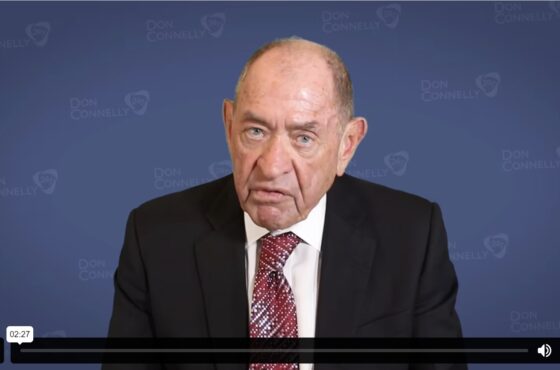To Get to “Yes” Financial Advisors Must First Get to “Why” and Stir Up Emotions
 What if, in every initial client meeting, your prospects would just come right out and tell you what’s important to them and what it would mean to them if you could help them? Indeed, it would make your job much easier, but then anyone could do it. The challenge is most people don’t think that way, and it’s your job as a financial advisor to help them uncover their most important issues.
What if, in every initial client meeting, your prospects would just come right out and tell you what’s important to them and what it would mean to them if you could help them? Indeed, it would make your job much easier, but then anyone could do it. The challenge is most people don’t think that way, and it’s your job as a financial advisor to help them uncover their most important issues.
But even that doesn’t go far enough because all you’ve done is uncover the “what.” People don’t act on the “what.” They act on the “why.” When fully revealed, the “why” becomes the key motivating factor. It contains the emotions that drive people to act. Your value as a financial advisor is to get people to take the actions you know will help them. If you can’t trigger the emotions behind what’s important to them, they are not likely to take action.
Advisors are from Mars, and prospects are from Venus.
Financial advisors are objective thinkers by trade. They deal in numbers and practical solutions. They are experts at analyzing data and presenting plans. While all that is integral to the process, all it does is give your prospective clients something to think about.
Your prospects and clients are innately subjective thinkers. They can appreciate the numbers and can see that the plan can solve their problem. But internally, they go through an emotional tug-of-war, trying to decide whether to act on the plan. Often, they don’t know how they feel about the plan or what it really means to them. Rationally, they understand the plan’s benefits but, emotionally, they are not motivated to act. That’s why they need time to think about it.
Getting to the real “Why”
If you’re following this blog, you probably know already how to connect with prospects using conversations designed to get them to open up about their issues and concerns. They will tell you what’s important to them. You need to find out why. That can be as easy as asking, “Why is that important to you?” But you may get more “rational” responses, such as “Because I want my kids to have a quality college education.” That’s not an emotional response.
After asking “why,” you can follow up with “What would it mean to you if you could make that happen?” Or, “How would it make you feel if you could achieve that for your kids?” Now you are getting to the motivating factor, or, as they say in sales parlance, the “hot button,” such as, “It would give me peace-of-mind knowing my kids will have the best opportunities in life.” Bingo!
The motivating factor is not the college education, though that is important. It’s what the college education will give your prospect—peace of mind. So, that’s what your solution or plan must deliver.
Feature, Benefit, Results
Once you have isolated the prospect’s motivating factor, it is essential to incorporate it when presenting your plan or solution. Financial advisors are particularly good at explaining the features of their plan—what it does or how it works. Many are adept at describing the benefits—how it solves a problem or achieves a goal. But few take the vital next step, which is to communicate what it means to the prospect, which will trigger their emotions and motivating factors.
Here’s how it might sound with the college education example:
Mr. and Mrs. Client,
[Feature] This college funding plan was developed around your monthly contribution commitment of $600 and is based on your desire for low-risk investments.
[Benefit] This plan is projected to achieve your objective of three-quarters funding for both your children at an in-state, public college.
[Results] What that means to you is having peace of mind knowing your kids will have the same opportunities as you did to achieve their life ambitions.
How does that sound to you?
When structured this way, your prospects will understand and appreciate the features and benefits, but they will be focused on the results.
Also, the fact you incorporated their emotional thinking into your plan demonstrates that you were listening, which will likely put any trust issues to bed.
If you need help getting selected over the competition every time you sit with a prospect, watch this 3-minute video to learn how our workshop ‘Become the Obvious Choice’ can help you do just that!
See details and reserve your seat today!
Call 941.346.1166 for discount pricing for multiple Advisors attending from the same branch. Need more info before committing? See event details here.



